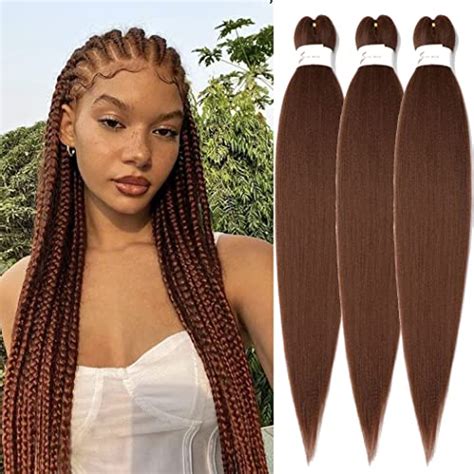1b braiding hair is a popular choice for those who want to create natural-looking protective hairstyles. It is a versatile hair type that can be used to create a variety of braids, including cornrows, box braids, and Senegalese twists.

What is 1b Braiding Hair?
1b braiding hair is a type of human hair that is fine, slightly wavy, and has a medium density. It is often used to create natural-looking protective hairstyles. 1b braiding hair can be found in a variety of colors, including black, brown, and blonde.
Why Use 1b Braiding Hair?
There are several reasons why you might choose to use 1b braiding hair:
– It is versatile. 1b braiding hair can be used to create a variety of braids, including cornrows, box braids, and Senegalese twists.
– It is natural-looking. 1b braiding hair is a fine, slightly wavy texture that closely resembles natural hair.
– It is protective. 1b braiding hair can help to protect your natural hair from damage.
How to Choose 1b Braiding Hair
When choosing 1b braiding hair, there are a few things to keep in mind:
– Length: 1b braiding hair is available in a variety of lengths, from 8 inches to 30 inches. The length you choose will depend on the style you want to create.
– Color: 1b braiding hair is available in a variety of colors, including black, brown, and blonde. The color you choose should match your natural hair color or the desired look.
– Quality: The quality of 1b braiding hair can vary. Be sure to choose hair that is tangle-free and has minimal shedding.
How to Braid 1b Braiding Hair
Braiding 1b braiding hair is a relatively simple process. Here are the steps:
1. Prepare your hair. Wash and condition your hair. Detangle your hair and apply a leave-in conditioner.
2. Section your hair. Divide your hair into small sections. The size of the sections will depend on the size of the braids you want to create.
3. Start braiding. Begin braiding the hair at the root. Hold the three strands of hair in your fingers and cross the left strand over the middle strand. Then, cross the right strand over the middle strand. Continue braiding until you reach the end of the hair.
4. Secure the braid. Tie off the braid with a rubber band or hair tie.
Caring for 1b Braiding Hair
To keep your 1b braiding hair looking its best, it is important to care for it properly:
– Wash and condition your hair regularly. Wash your hair every 1-2 weeks with a sulfate-free shampoo and conditioner.
– Detangle your hair. Detangle your hair regularly to prevent tangles and mats.
– Moisturize your hair. Apply a leave-in conditioner or hair oil to your hair to keep it hydrated.
– Avoid heat styling. Heat styling can damage 1b braiding hair.
Conclusion
1b braiding hair is a versatile hair type that can be used to create a variety of natural-looking protective hairstyles. By following the tips in this guide, you can choose, braid, and care for your 1b braiding hair to keep it looking its best.
Q: What is the difference between 1b and 1c braiding hair?
A: 1b braiding hair is slightly wavy, while 1c braiding hair is more curly. 1b braiding hair is also more likely to be tangle-free and have less shedding than 1c braiding hair.
Q: How long does 1b braiding hair last?
A: 1b braiding hair can last for several weeks or even months, depending on how well you care for it.
Q: Can I sleep in 1b braiding hair?
A: Yes, you can sleep in 1b braiding hair. However, it is important to take precautions to prevent tangles and mats.
Q: Can I dye 1b braiding hair?
A: Yes, you can dye 1b braiding hair. However, it is important to use a semi-permanent or permanent hair dye to avoid damaging the hair.
- How to Braid 1b Braiding Hair
- 1b Braiding Hair Care Guide
- 1b Braiding Hair FAQs
- 1b Braiding Hair Inspiration
